Ericsson ConsumerLab: Personal safety to drive wearables market beyond health & fitness
- Safety- and security-related devices top consumers' wish-lists for wearables
- One in three smartphone users believe they will use at least five connected wearables beyond 2020
- Smartphones turn into just screens, wearables expected to perform most smartphone functions within five years
In the new Ericsson (NASDAQ: ERIC) ConsumerLab report, "Wearable technology and the internet of things", six in 10 smartphone users state that wearables have uses beyond health and wellness. Devices related to personal safety and security, such as panic buttons and personal locators, attract most interest:
Top five most-wanted wearables across five markets surveyed (% interested & willing to buy):
1. Panic/SOS button (32%)
2. Smartwatch (28%)
3. Wearable Location Tracker (27%)
4. Identity Authenticator (25%)
5. Wearable Water Purifier (24%)
The report captures the opinions of 5,000 smartphone users (of which 2,500 are wearable users) in Brazil, China, South Korea, the UK and the US, representing the views of 280 million smartphone users globally.
In addition to the top five most-wanted wearables, it shows consumers predict a booming wearables market beyond 2020, as well as that wearables might replace smartphones and will help consumers interact with physical things and objects in the internet of things (IoT) era:
A booming wearables market beyond 2020
Ownership of wearables among smartphone users in the surveyed markets has doubled in the past year. However, consumers predict it will take at least another year for the current generation of wearables to go mainstream.
A more diverse set of wearables, such as personal safety devices and smart garments, will go mainstream beyond 2020 - but when they do, a booming market can be expected. One in three smartphone users believe they will use at least five connected wearables beyond 2020.
Wearables to turn smartphones into just screens
The integration of smartphones into every aspect of daily life makes it hard to envisage a future without them. But with two in five (43%) smartphone users expecting wearables might replace smartphones, this could indeed happen - although it may take some time. As wearables get smarter and more independent in terms of factors such as connectivity, the smartphone screen may become less significant. Thirty-eight percent of smartphone users say wearables will be used to perform most smartphone functions within just five years.
Jasmeet Singh Sethi, Consumer Insight Expert, Ericsson ConsumerLab, says: "Early signs of detachment from smartphones are visible today with 40 percent of today's smartwatch users already interacting less with their smartphones."
Wearables bringing people into IoT
Wearable technology will also accelerate the convergence of the digital and human worlds, by bringing people into the (IoT). While consumers are confident that wearable technology will help them interact with objects in their surroundings, they also say that this technology may not necessarily be devices. 60 percent believe that ingestible pills and chips under the skin will be commonly used in the next five years - not only to track vital health data, but also to unlock doors, authenticate transactions and identity, and to control objects. Already today, 25 percent of smartwatch owners use their smartwatch to remotely control other digital devices at home, and 30 percent use voice search on their smartwatches.
Sing Sethi says: "Although consumers show greatest interest in devices related to safety, we also see an openness to wearable technology further away from today's generation. In five years' time, walking around with an ingestible sensor, which tracks your body temperature and adjusts the thermostat setting automatically once you arrive home, may be a reality."
NOTES TO EDITORS
Read the report: Wearable technology and the internet of things
For media kits, backgrounders and high-resolution photos, please visit www.ericsson.com/press
Ericsson is the driving force behind the Networked Society - a world leader in communications technology and services. Our long-term relationships with every major telecom operator in the world allow people, business and society to fulfill their potential and create a more sustainable future.
Our services, software and infrastructure - especially in mobility, broadband and the cloud - are enabling the telecom industry and other sectors to do better business, increase efficiency, improve the user experience and capture new opportunities.
With approximately 115,000 professionals and customers in 180 countries, we combine global scale with technology and services leadership. We support networks that connect more than 2.5 billion subscribers. Forty percent of the world's mobile traffic is carried over Ericsson networks. And our investments in research and development ensure that our solutions - and our customers - stay in front.
Founded in 1876, Ericsson has its headquarters in Stockholm, Sweden. Net sales in 2015 were SEK 246.9 billion (USD 29.4 billion). Ericsson is listed on NASDAQ OMX stock exchange in Stockholm and the NASDAQ in New York.
www.ericsson.com
www.ericsson.com/news
www.twitter.com/ericssonpress
www.facebook.com/ericsson
www.youtube.com/ericsson
FOR FURTHER INFORMATION, PLEASE CONTACT
Ericsson Corporate Communications
Phone: +46 10 719 69 92
E-mail: media.relations@ericsson.com
Ericsson Investor Relations
Phone: +46 10 719 00 00
E-mail: investor.relations@ericsson.com
